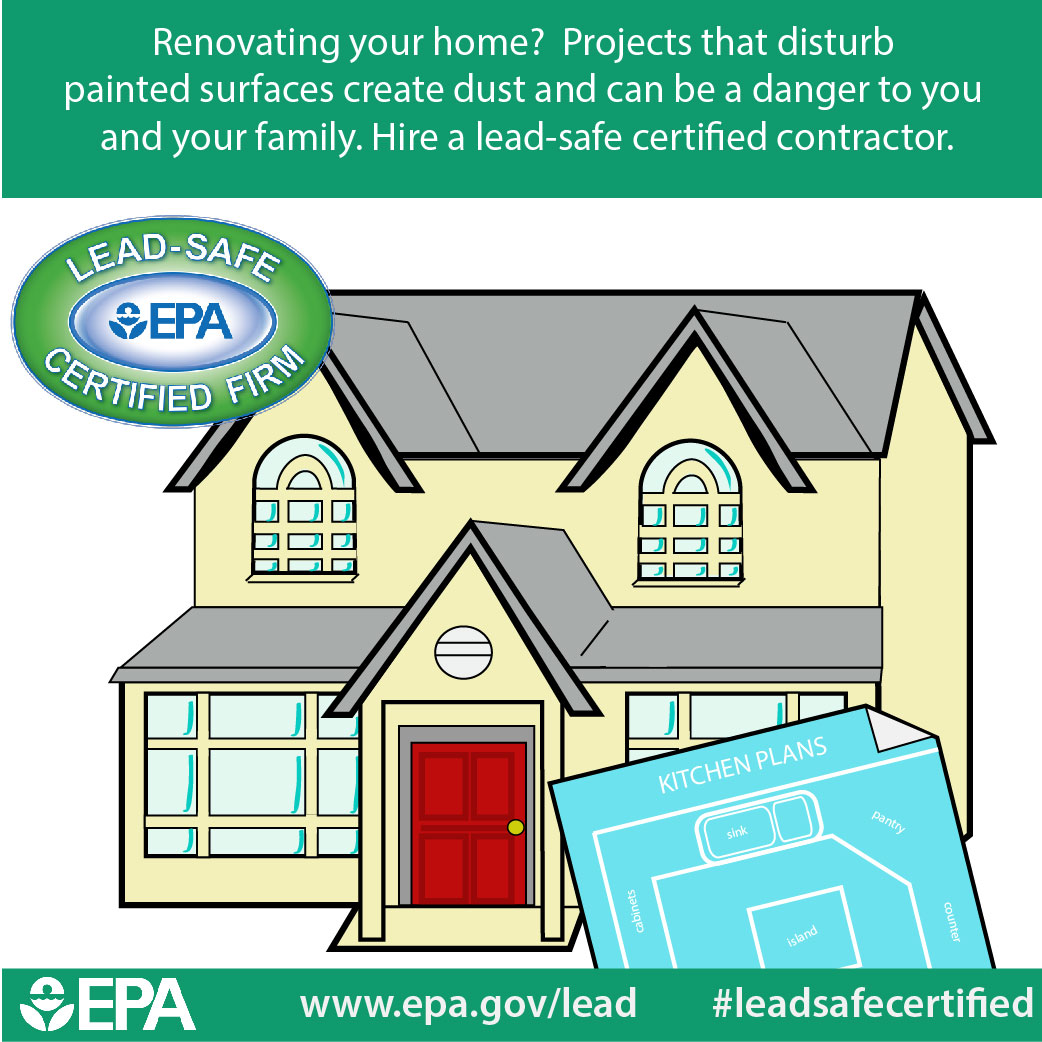Seasonal Considerations For Industrial Outside Painting: What You Need To Know
Seasonal Considerations For Industrial Outside Painting: What You Need To Know
Blog Article
Write-Up By-Carlson Celik
When you're preparing an industrial external painting project, seasonal elements can make or damage your results. You'll intend to take into consideration just how temperature level and humidity effect paint application and drying out times. Selecting the right season can guarantee your paint sticks appropriately and lasts longer. Yet which seasons are really the best for this kind of work? Allow's explore paint expire that can influence your job's success.
The Impact of Temperature Level on Paint Application
When you're preparing a business external painting job, the temperature can significantly affect just how well the paint sticks and dries out.
Preferably, you want to repaint when temperatures range in between 50 ° F and 85 ° F. If it's too chilly, the paint may not cure properly, resulting in issues like peeling off or breaking.
On the other hand, if it's too warm, the paint can dry too quickly, stopping appropriate attachment and causing an irregular finish.
You must also consider the time of day; early morning or late afternoon supplies cooler temperature levels, which can be a lot more positive.
Constantly inspect the maker's recommendations for the certain paint you're using, as they frequently supply support on the perfect temperature level variety for ideal results.
Humidity and Its Result on Drying Times
Temperature level isn't the only ecological variable that affects your commercial exterior paint project; humidity plays a significant role too. more resources can slow down drying times drastically, influencing the overall quality of your paint work.
When the air is saturated with dampness, the paint takes longer to treat, which can lead to issues like bad attachment and a higher risk of mold development. If you're painting on a particularly damp day, be prepared for extended delay times in between layers.
It's important to monitor regional climate condition and strategy as necessary. Preferably, aim for moisture degrees in between 40% and 70% for optimal drying out.
Keeping these consider mind ensures your project remains on track and supplies an enduring finish.
Best Seasons for Commercial Outside Paint Projects
What's the most effective time of year for your commercial outside painting tasks?
Spring and early loss are normally your best options. During these periods, temperature levels are moderate, and humidity degrees are often lower, creating suitable problems for paint application and drying out.
Stay clear of summer season's intense heat, which can cause paint to dry also swiftly, causing bad adhesion and coating. Similarly, wintertime's cool temperatures can impede appropriate drying and treating, taking the chance of the longevity of your paint job.
Aim for days with temperatures in between 50 ° F and 85 ° F for optimal outcomes. Keep in mind to check the regional weather prediction for rain, as wet problems can ruin your project.
Planning around these elements guarantees your paint project runs efficiently and lasts longer.
Verdict
To conclude, intending your business outside paint tasks around seasonal factors to consider can make a considerable difference in the outcome. By scheduling work during the perfect temperature levels and moisture levels, you'll ensure better adhesion and drying out times. Remember to watch on regional weather forecasts and select the right time of year-- springtime and very early loss are your best options. Taking these steps will aid you accomplish a durable and specialist coating that lasts.
